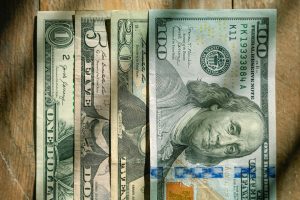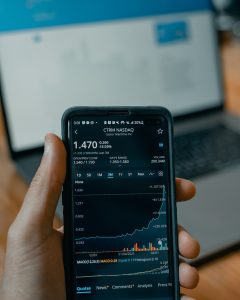Forex trading is a highly popular activity that is practiced by millions of traders around the world. It involves buying and selling currency pairs in order to profit from changes in exchange rates. While the forex market offers great potential for profit, it also involves a number of fees that traders must be aware of. In this article, we will explore the various fees involved in making a forex trade.
Spread
The spread is the difference between the bid price and the ask price of a currency pair. When you enter a forex trade, you will always have to pay the spread. This fee is the primary way that forex brokers make money. The spread can vary depending on the broker and the currency pair being traded. Generally, major currency pairs like EUR/USD and USD/JPY have lower spreads than exotic currency pairs like USD/HKD and EUR/TRY.
Commission
Some forex brokers charge a commission on top of the spread. This is a fee that is charged per trade, and it can vary from broker to broker. The commission can be a fixed amount or a percentage of the trade size. Generally, brokers that charge a commission have lower spreads than brokers that don’t.
Swap
The swap is a fee that is charged for holding a position overnight. When you enter a forex trade, you are essentially borrowing one currency to buy another. The swap is the interest rate differential between the two currencies. If the interest rate on the currency you are borrowing is higher than the interest rate on the currency you are buying, you will pay a swap fee. If the interest rate on the currency you are buying is higher, you will receive a swap credit.
Slippage
Slippage is the difference between the price you intended to enter or exit a trade at and the price you actually got. This can happen when there is a sudden change in the market or when there is low liquidity. Slippage can result in a higher cost for the trade than you had anticipated.
Inactivity fee
Some brokers charge an inactivity fee if you do not make any trades for a certain period of time. This fee is meant to encourage traders to stay active in the market. Inactivity fees can vary from broker to broker, and they can be waived if you meet certain requirements, such as making a certain number of trades per month.
Deposit and withdrawal fees
Forex brokers often charge fees for deposits and withdrawals. These fees can vary depending on the payment method you use. For example, bank transfers may have higher fees than credit card deposits. Some brokers offer free deposits and withdrawals, while others charge a flat fee or a percentage of the amount being transferred.
Conclusion
Making a forex trade involves a number of fees that traders must be aware of. The spread, commission, swap, slippage, inactivity fee, and deposit and withdrawal fees can all add up and impact your overall profitability. It is important to choose a reputable broker that offers competitive fees and to read the fine print before opening an account. By understanding the various fees involved in making a forex trade, you can make informed decisions and maximize your potential profits.





